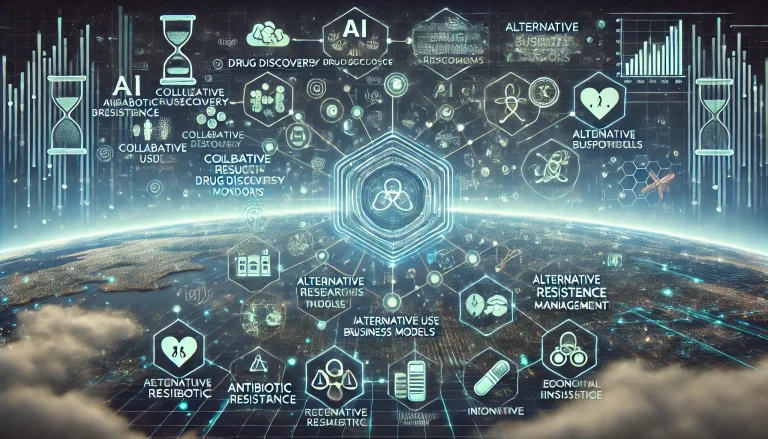Vision of Government about Global Warming :
Our vision is to create a comprehensive Global Warming Mitigation Platform that leverages advanced technologies to address the multifaceted challenges of global warming. This platform will offer real-time climate monitoring, health impact assessments, and policy development support, empowering government officials with data-driven insights. It will optimize resource allocation for disaster response, enhance infrastructure resilience, and track emission reductions across sectors. Through public awareness campaigns, cross-sector coordination, and promotion of sustainable practices, we aim to foster community engagement and behavior change.
By facilitating innovation and research, we will drive the development of new solutions for climate mitigation. With projected revenue starting at $10 million in the first year and reaching $50 million by the fifth year, our goal is to launch the initial version by January 2026, continually enhancing it to ensure a sustainable and resilient future.
What are the biggest pain points they experience when trying to achieve their goals?
- Lack of Accurate Data: Inadequate real-time climate data hampers effective decision-making.
- Insufficient Funding: Limited financial resources to implement comprehensive climate action plans.
- Public Awareness: Low awareness among the public about the impacts of global warming and necessary actions.
- Policy Implementation: Challenges in enforcing and monitoring climate policies and regulations.
- Infrastructure Resilience: Existing infrastructure is vulnerable to extreme weather events.
- Health Impacts: Increased incidence of heat-related illnesses and vector-borne diseases.
- Economic Disruptions: Negative impacts on agriculture, fisheries, and other climate-sensitive industries.
- Cross-Sector Coordination: Difficulty in coordinating efforts across different sectors and levels of government.
- Technological Gaps: Lack of access to advanced technologies for monitoring and mitigation.
- Behavioral Change: Resistance to adopting sustainable practices among businesses and individuals.

Key Objectives for Global Warming Mitigation Platform :
- Satellite Data Utilization: Leverage satellite data for comprehensive climate event tracking.
- IoT Sensors: Deploy IoT sensors to gather real-time environmental data.
- Advanced Analytics: Use advanced analytics to predict and monitor climate events like heatwaves, storms, and droughts.
- Centralized Dashboard: Create a dashboard for government officials to access up-to-date climate information for informed decision-making.
- Data Integration: Integrate health data with climate information to understand the impact on public health.
- Health Risk Prediction: Predict health issues such as heat-related illnesses and the spread of vector-borne diseases.
- Public Health Tools: Develop tools to help public health authorities plan and respond to climate-related health risks.
- Vulnerable Communities Support: Ensure timely support for vulnerable communities.
- Emergency Management Tools: Develop tools for tracking emergency supplies and personnel deployment.
- Awareness Campaigns: Launch campaigns to educate citizens about global warming impacts.
What\How will the strengths of the company leverage solving the pain points?
- Real-Time Climate Monitoring: Continuous tracking of climate data to provide early warnings and inform decision-making.
- Health Impact Assessments: Analysis of climate data to predict and mitigate health risks associated with global warming.
- Policy Development Support: Tools to help policymakers draft effective climate policies based on data-driven insights.
- Resource Allocation: Optimizing the distribution of resources for disaster preparedness and response.
- Public Awareness Campaigns: Educating the public about the impacts of global warming and promoting sustainable behaviors.
- Infrastructure Resilience: Assessing and improving the resilience of infrastructure to withstand extreme weather events.
- Emission Reduction Tracking: Monitoring and reporting greenhouse gas emissions to ensure compliance with targets.
- Cross-Sector Coordination: Facilitating collaboration among various sectors to implement climate action plans.
- Sustainable Practices Promotion: Encouraging businesses and individuals to adopt sustainable practices.
- Innovation Hub: Providing a platform for researchers and innovators to develop and share new climate solutions.
Top 5 Company’s working towards Solving such Pain Points :
- Tesla: Electric vehicles, solar panels, energy storage solutions.
- Siemens: Smart grids, energy-efficient infrastructure, industrial automation.
- General Electric (GE): Wind turbines, hydroelectric systems, grid solutions.
- Vestas: Wind turbines, service solutions, hybrid power plants.
- Ørsted: Offshore wind farms, renewable energy projects, green hydrogen.
Conclusion :
The envisioned global warming mitigation platform aims to address the severe impacts of climate change through a multifaceted approach. By leveraging advanced data analytics, health impact assessments, and policy support tools, the platform will provide real-time climate monitoring, optimize resource allocation for disaster response, and enhance infrastructure resilience. Public awareness campaigns and incentives for sustainable practices will drive community engagement and behavior change. This comprehensive solution will also facilitate cross-sector collaboration and innovation in climate solutions.



